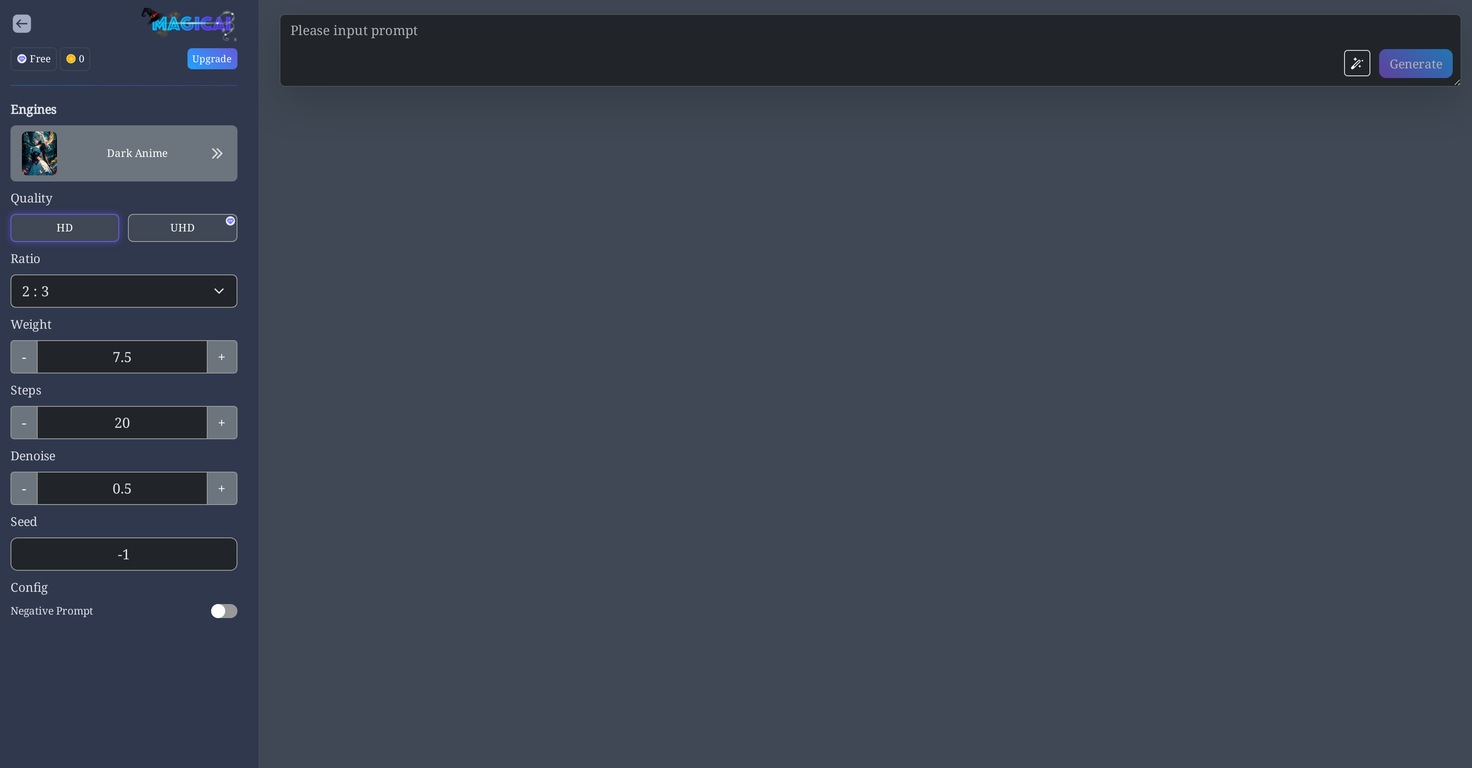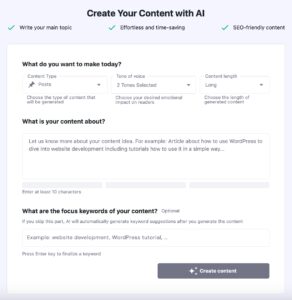Meta property tags are HTML elements used to define metadata about a web page, particularly for sharing on social media platforms like Facebook, Twitter, LinkedIn, and more. They are part of the Open Graph Protocol (OGP), which provides a structured way to describe web content when it is shared on social media, allowing you to control how your content appears in social media feeds. These tags help improve the presentation and visibility of your web pages when shared on social networks.
Here’s how to use meta property tags effectively:
1. Define the <head> section: Open your HTML document and locate the <head> section. This is where you’ll add your meta property tags.
<!DOCTYPE html>
<html>
<head>
<!-- Your meta property tags will go here -->
</head>
<body>
<!-- Your webpage content -->
</body>
</html>2. Use the <meta property=""> tags:
There are several key meta property tags commonly used with the Open Graph Protocol. Here’s how to use some of them:
-
og:title: This tag defines the title of your content as it should appear when shared. For example:
<meta property="og:title" content="Your Page Title">-
og:description: This tag provides a brief description of the content that will appear when shared. Make it engaging and concise:
<meta property="og:description" content="A short and engaging description of your content.">-
og:image: Use this tag to specify an image that represents your content. It’s often displayed as a thumbnail in social media posts. Provide the image’s URL:
<meta property="og:image" content="https://example.com/image.jpg">-
og:url: This tag defines the URL of the content you’re sharing. Make sure it points to the specific page you want to share:
<meta property="og:url" content="https://example.com/page-to-share.html">-
og:type: This tag defines the type of content. Common values include “website,” “article,” “video,” and more:
<meta property="og:type" content="article">-
og:site_name: Specify the name of your website or brand:
<meta property="og:site_name" content="Your Website Name">3. Customize for each page: It’s important to include these meta property tags on a per-page basis to accurately describe the content of each page. Make sure you adjust the values for each page to reflect its specific content, title, description, and associated image.
4. Validate your implementation: After adding the meta property tags, you can use social media validation tools, like the Facebook Sharing Debugger or Twitter Card Validator, to ensure that your tags are correctly implemented and that your content appears as intended when shared on these platforms.
The meta tags you provided are primarily used for social media sharing and open graph protocol (OGP) integration to enhance how web pages appear when shared on social media platforms like Facebook, Twitter, and others. They help control how your content is displayed when shared and can improve the visibility and engagement of your links. Here’s an explanation of each of these tags:
<meta property="og:locale" content="en_US" />:-
This tag specifies the locale or language of the content, which is used by the Open Graph protocol to ensure that the content is displayed correctly for the intended audience.
<meta property="og:type" content="website" />:-
This tag defines the type of the content. In this case, it specifies that the content is a website. It is used by platforms like Facebook to determine how to display the shared content.
<meta property="og:title" content="..." />:-
This tag sets the title that should be displayed when the content is shared on social media platforms. It’s usually a longer, more descriptive title.
<meta property="og:description" content="..." />:-
This tag provides a description of the content that will be displayed when the content is shared on social media. It should be a concise and engaging summary.
<meta property="og:url" content="..." />:-
This tag specifies the URL of the content that will be shared. It ensures that the correct link is attached to the shared post.
<meta property="og:site_name" content="..." />:-
This tag indicates the name of the website or source of the content, helping to attribute the content properly when it is shared.
<meta property="og:updated_time" content="..." />:-
This tag indicates the last update time of the content. It’s helpful for platforms to understand when the content was last modified.
<meta property="article:published_time" content="..." />:-
This tag specifies the publication date and time of the article, ensuring accurate display on social media platforms.
<meta property="article:modified_time" content="..." />:-
This tag indicates the last modification time of the article, helping platforms display the most up-to-date information.
<meta name="twitter:card" content="..." />:-
This tag is used specifically for Twitter to define how the shared content will appear. “summary_large_image” suggests that it will include a large image, title, and description.
<meta name="twitter:title" content="..." />:-
Similar to the Open Graph title, this specifies the title for the Twitter card.
<meta name="twitter:description" content="..." />:-
This tag sets the description that will be displayed when the content is shared on Twitter.
<meta name="twitter:label1" content="..." />:-
This tag provides a label for the first custom data field.
<meta name="twitter:data1" content="..." />:-
This tag specifies the actual data for the first custom data field.
<meta name="twitter:label2" content="..." />:-
This tag provides a label for the second custom data field.
<meta name="twitter:data2" content="..." />:-
This tag specifies the actual data for the second custom data field.
These meta tags are essential for optimizing how your content appears when shared on social media platforms, making it more engaging and user-friendly. They help control the presentation of your content and encourage more clicks and shares.
By using meta property tags, you can control how your content is presented on social media, making it more engaging and attractive to users, which can, in turn, improve your website’s visibility and click-through rates when shared on these platforms.

.png)





